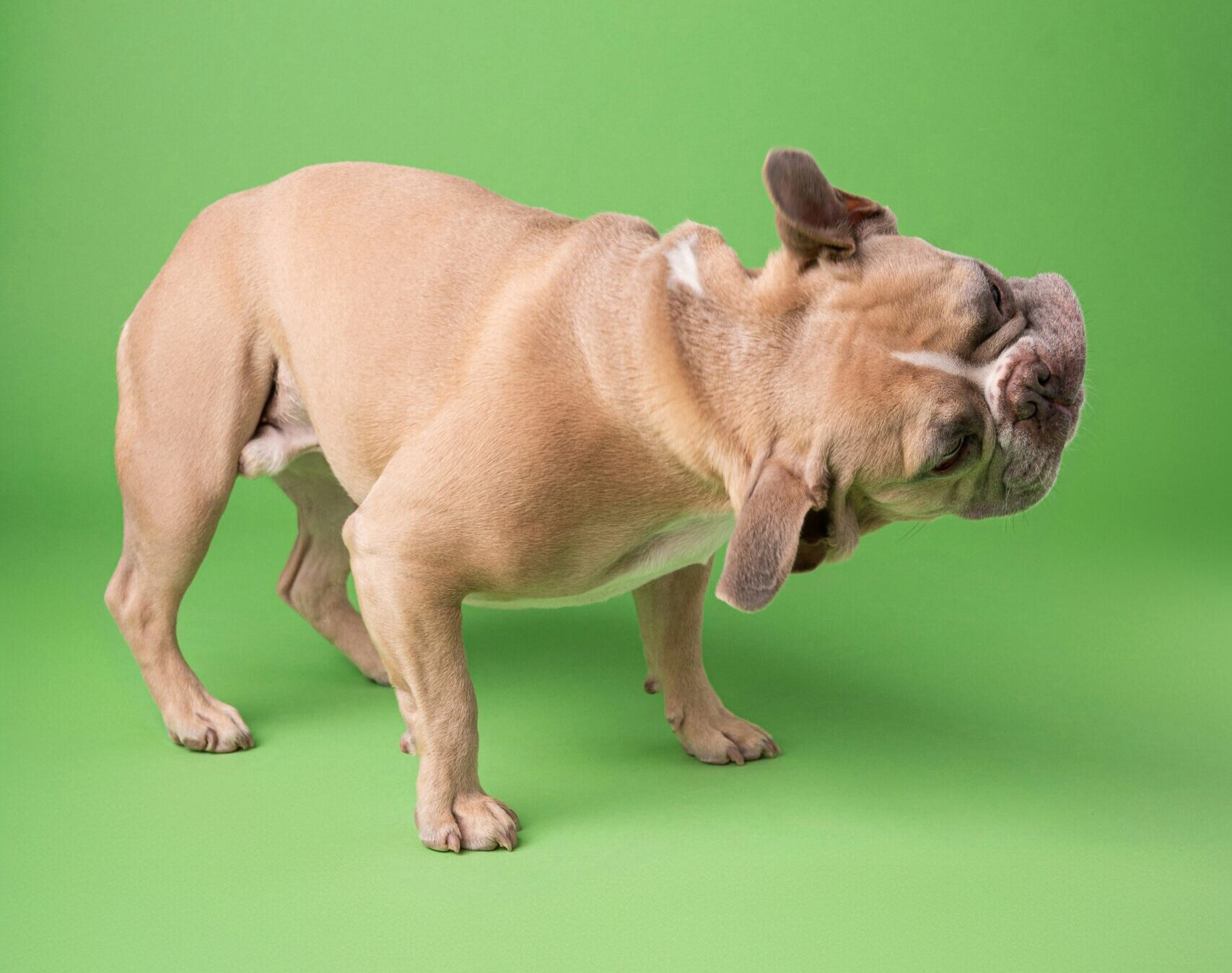Blog Post
Shake, Baby Shake!
Practices for trauma healing
“Restless legs are so
uncomfortable and there’s no relaxing when they are in that state! Last night I was trying to do just that but my legs were super restless. I used to take this as a sign that I needed to go to bed – it usually happens at the end of the evening. But last night it was only 8pm and I wasn’t feeling sleepy, so I figured it was something else. As I stayed curious I recalled that through the last twenty four hours I had been feeling quite tense about a couple of things (by ‘quite’ I mean ‘very’!). It dawned on me that this was connected to my restlessness now; as if the tension was bursting to be released.
I switched my phone from Stephen Fry reading PG Wodehouse
to the music app that I use, found my workshop playlist and selected ‘Bogota By Bus’ , an upbeat Latino track. Having kicked off my slippers and made sure I had some space, I proceeded to bounce and shake every part of my body using the music’s tempo and rhythm to keep me going. Three and a half minutes of this is quite a workout, let me tell you! That was part one of the practice. Part two follows immediately; with the music now off, I stopped and let my arms hang limp, and breathing deeply with a soft belly I spent a minute or two just noticing how my body was feeling – all the while keeping still and breathing well. As I often do, I noticed how heavy my arms felt! Then came part three, my favourite part; selecting Bob Marley’s Three Little Birds I played it and let myself move to the music, this time with little effort, letting myself move smoothly in whatever whichway ‘made sense’ with the music. The track came to an end, I settled back into my bean bag, and voila….. the restlessness had gone.
I learned this practice from James Gordon, founder of The Centre for Mind-Body Medicine. Dr Gordon is a psychiatrist with a long history of working with survivors of trauma in the community, not in hospitals, and teaching others (non-medics) to do the same. You can check out his work on https://cmbm.org/ .
Gordon’s work is an expression of one of the key contributions that Peter Levine* has made to our understanding of trauma. Comparing humans with the rest of the animal kingdom, Levine points out that animals don’t seem to hold trauma in their bodies the way we do, and yet they frequently find themselves in mortal danger. The same can be said of communities that have not been industrialised or ‘technologised’ as we have in the west. Animals after a moment of tension, unpleasantness or being under threat, tend to give themselves a shake; literally shaking the experience and left over tension out of their system. Some aboriginal communities have for millenia practiced dancing ‘rituals’ after times of significant stress and danger.

Photo by Karsten Winegeart on Unsplash

Photo by Milo Wifer on unsplash
So yesterday as I shook my tension out, I expect it was there from the tense situations I had been living with for the previous twenty four hours, but it was almost certainly also tension stored as muscle memory from years of carrying trauma in my body. Altogether it was a relief to get rid of some of it, and over time as I keep that practice up even that old stored tension from decades ago will be reduced to nothing. I hope this has been helpful, have a go and see how you find it!
Join me at a Beloved and Entrusted – Christian Training Day to explore this and other aspects of journeying with God through trauma in everyday life, or get in touch about hosting one of these days for your team or area.
*I am enjoying one of Peter Levine’s books ‘In an unspoken voice: how the body releases trauma and restores goodness’. Levine holds doctorates in both medical biophysics and psychology and has founded the Somatic Experiencing model for trauma healing, he has some really helpful insights.
** Feature image credit: Photo of young girl with long ginger hair dancing by Johnny McClung on Unsplash

